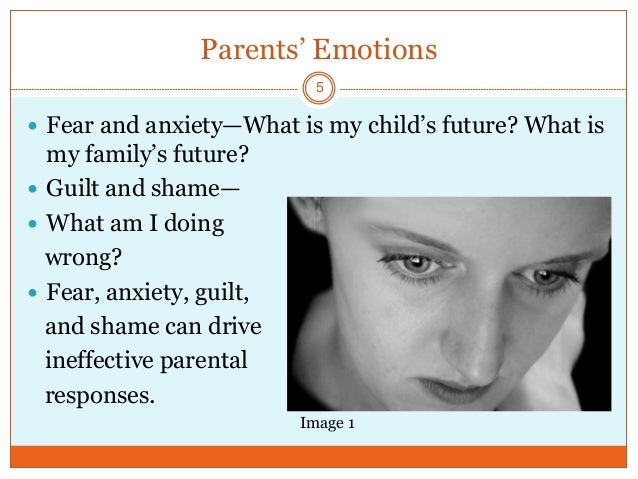1. React swiftly Numerous scenarios are foreseeable. Be alert, monitor at all times, as well as interfere by redirecting as needed. Sometimes, if physical aggressiveness happens or a youngster is not receptive to redirection or 123 warning, then a timeout is appropriate. Keep in mind that timeouts are not indicated to be made use of in temper. Remain as tranquil as you could so the child discovers that handling conflict can be managed with words.
2. Assist a child take duty for his activities If something is broken, have him help repair it, preferably. If a mess is made, the youngster has to cleanse it up. This is a sensible consequence, and also again, helps the child discover how to anticipate how his actions will be managed in the future, particularly if you correspond.
3. Talk concerning conflict throughout teachable moments While a child is in the heat of the moment, that is not the most effective time to check out various other means of managing herself. Image on your own when angry if a person aimed to have you conceptualize solutions right after that and also their, you may wish to slug them! During circle time, snack time, or after a nap, take the time to speak as a whole regarding issue situations and seek alternate solutions. Instructing brainstorming exactly what could you have done that would have exercised better? is a fantastic technique for problem resolution that helps youngsters manage habits throughout life!
4. Be constant in your feedback A kid will discover how to expect effects as well as internalize choices quicker when a sensible connection is made between action and reaction, as well as that connection corresponds from time to time.
5. If you are stuck, seek aid! Connect with the circle of individuals in your kid’s life if you are having problems handling your child’s hostility. Teachers, other parents and doctors all have wonderful ideas and probably have seen the issues prior to. Don’t really feel self-conscious or terrified to looking for help. Sometimes, a reference to your institution area’s examination team or privately to a specialist, social employee, or psycho therapist is in order to evaluate emotional, neurological or behavioral difficulties that may effect your youngster’s capacity to manage his aggression.

6. Instruct them to selfcalm and manage irritation Numerous kids should learn selfsoothing abilities when aggravated or mad. Helping them develop a tool kit of options will help them in years ahead. Some ideas are: paying attention to songs, playing a sport, reading in a quiet place, striking a cushion, playing with playdoh or coloring. Having the devices prepared to take care of rage as well as frustration are a need! Some youngsters who proceed to act impulsively may require tips on when to use their devices. I have made Stop as well as Think cards a stop join the back with the words believe as well as quit, and also on each card, a tool kit selection like the ones contained above. The cards are laminated, as well as can be continued a vital ring. Referring a youngster to her tool kit helps the impulsive kid to quit and assume as she checks out her cards to choose a healthy means to manage her mood.
7. Enhance positive actions I can’t say this enough. It is a great incentive for a kid if you could catch a kid doing something great! Children are birthed wonderful and favorable. Even one of the most tough child has great minutes throughout the day. While some days, seeing the unpleasant minutes may be less complicated, a kid that is fed a diet of positives increases selfesteem! Getting attention is such an objective for kids’s habits, so if a youngster knows he will certainly get focus for making the smart selection, he will certainly do just that!
As children grow older, we have to teach them to be excellent as well as assertive selfadvocates. They should have the ability to stick up for themselves, get their needs satisfied in favorable means, and take care of problem with spoken conversations and conceptualizing remedies. It is essential to aid our young youngsters to deal with their anger and also dissatisfaction, rather compared to just restrain their aggressive feelings.
